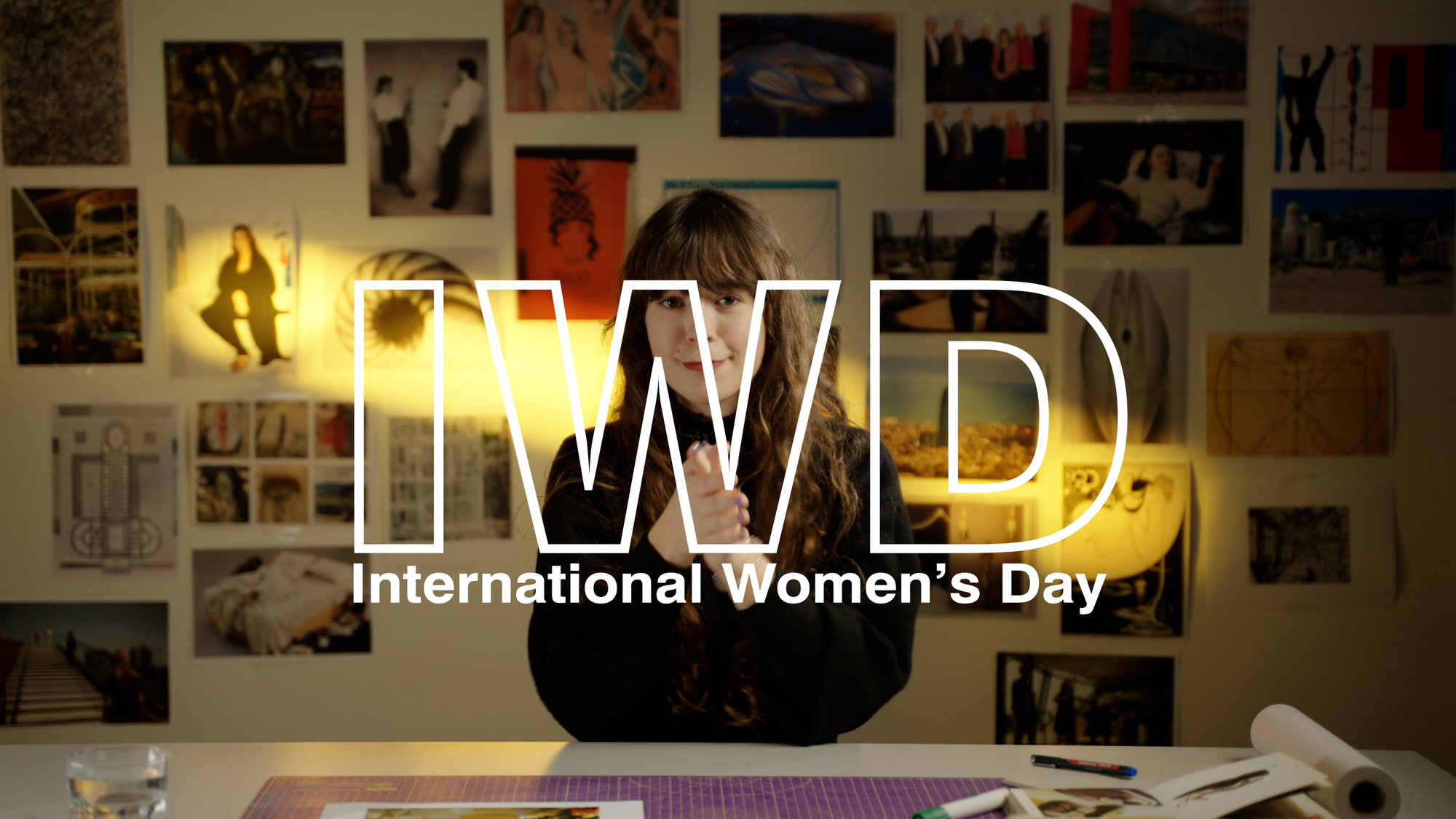To mark International Women’s Day, we asked some of our colleagues investigate implicit biases in the built environment and suggest ways that design could be more inclusive.
Could you please give an example of gender bias in design?


UNStudio Reimagines Built Environment on International Women’s Day
Laura López Iglesias: “Honestly, [sunken plazas] were what came to mind the fastest.
When I was thinking about these areas, I asked a colleague that comes from the same city in Spain as I do, about these shopping centres, and he answered, “actually I remember how much fun I had in these plazas and I partied here a lot.”
And I was shocked. I think I've always avoided these areas. This is also a great example of how different a male colleague and I were experiencing the same space in the same city.
I feel like as designers, we have a responsibility to make public space more inclusive to different groups of people. We, as designers, don't always take into account how we as people experience these sorts of spaces later.”
Ines Verna: “The crypto community is usually a community that derives from the finance industry, the gaming industry, the tech industry. And it has been proven it is also a male dominated community because only 26% of the of the crypto jobs are held by women.
However, the urban landscape is not just about the physical. It's also about how it's being integrated with digital representations of it.
I want to invite women to navigate and to explore these [crypto cities], even if they don't feel fully identified with them yet. Because once you start getting to know the potential that these cities have, then they become truly fascinating.”
Arian Choroomi: “Schools are a mini version of our society. What we're seeing here is that there is a lack of space. There is only one way that you teach and you learn, and that one way is designed based on the very old fashioned ideas around gender stereotypes.
With this lack of enough inclusive, multifunctional, versatile, diverse spaces, we are not accommodating the needs of all genders. So we need to change these spaces in order to stay up-to-date with social changes.”
Olga Kotta: “In Amsterdam, we can find public urinals for men at every corner, even the historic ones that are very popular because of their beautiful design. However, for women, there are only three accessible public toilets.
The city needs to decide on a strategy for allocating more facilities. That target safety and good integration within the public space.
As designers, we keep thinking of how to improve public space, how to make it more accessible, more inclusive for all, not only men and women, but all genders, all sexes, and also people with different abilities and older people in our communities.”